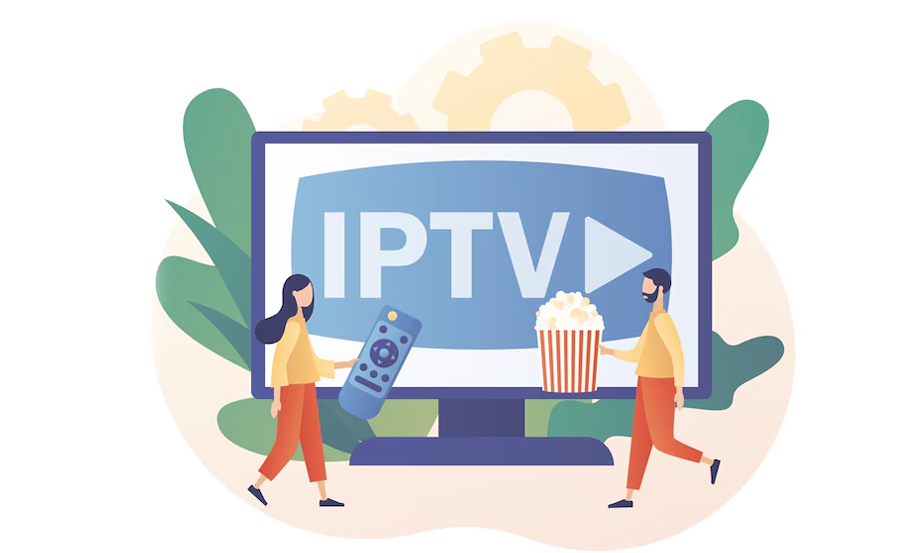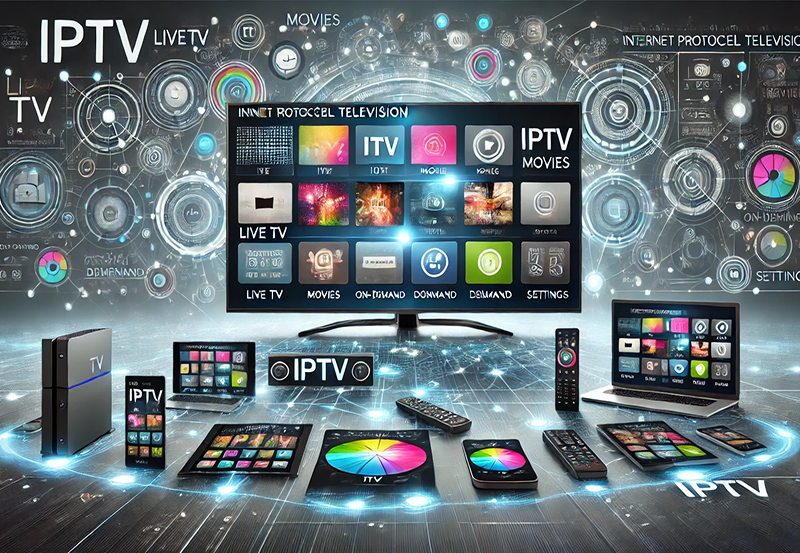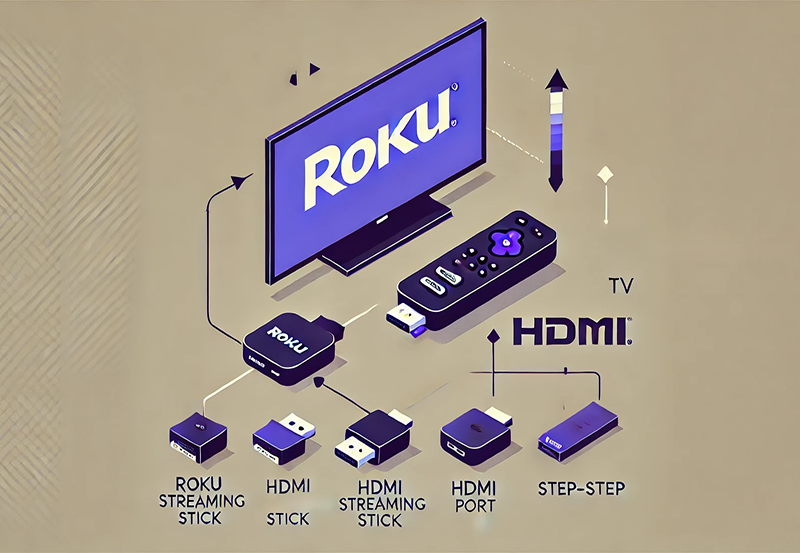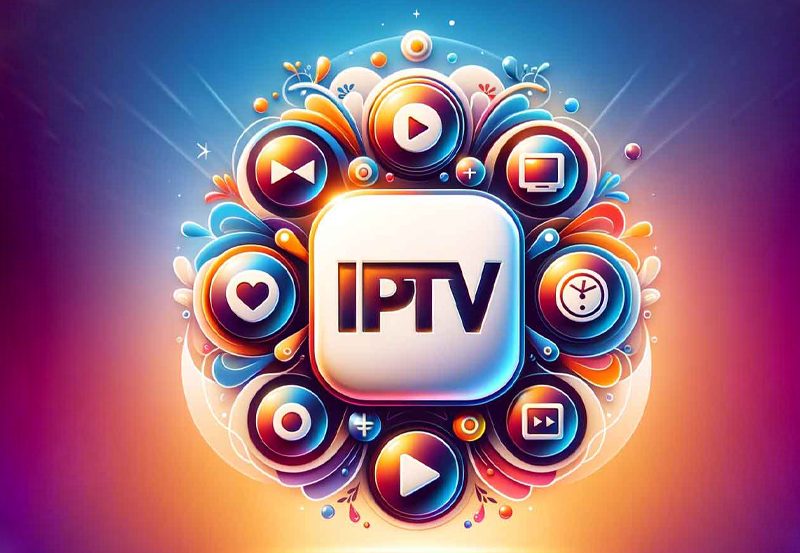IPTV, or Internet Protocol Television, is a digital television broadcasting system that utilizes Internet Protocol (IP) networks to transmit television content. This technology enables viewers to access live television broadcasts, video-on-demand services, and interactive multimedia content through their internet connection. IPTV differs from traditional cable or satellite TV systems by leveraging the same infrastructure used for internet data transmission.
Buy 1 Year IPTV Subscription Now
The IPTV ecosystem relies on a set of standardized protocols to facilitate the delivery of content from providers to end-users. These protocols manage various aspects of the transmission process, including content encoding, streaming, quality of service, and security. Some key IPTV protocols include:
1.Real-Time Streaming Protocol (RTSP): Used for controlling streaming media servers.
2. Real-Time Transport Protocol (RTP): Responsible for delivering audio and video data over IP networks.
3. Internet Group Management Protocol (IGMP): Manages multicast group memberships for live TV broadcasts.
4.Session Initiation Protocol (SIP): Establishes and terminates multimedia sessions. IPTV technology offers several advantages, such as improved interactivity, personalized content recommendations, and the ability to integrate with other IP-based services. As broadband internet infrastructure continues to expand and improve, IPTV is becoming an increasingly popular alternative to traditional television distribution methods.
Key Takeaways
- IPTV protocols are essential for delivering television content over the internet.
- Understanding the basics of IPTV involves knowing how video content is transmitted and received.
- Protocols play a crucial role in IPTV by ensuring seamless communication between devices and networks.
- IPTV protocols work behind the scenes to encode, transmit, and decode video content for viewers.
- Different types of IPTV protocols include HTTP, RTSP, and UDP, each with its own advantages and limitations.
Understanding the Basics of IPTV
How IPTV Works
Unlike traditional cable or satellite TV, IPTV does not require a dedicated infrastructure for delivering content. Instead, it leverages the existing internet infrastructure to deliver television services to users. This approach makes it a cost-effective and efficient way to access a wide range of IPTV channels and on-demand content.
Interactive and Personalized Services
One of the key advantages of IPTV is its ability to offer interactive and personalized services to users. With IPTV, users can access on-demand content, pause and rewind live TV, and even record their favorite shows for later viewing. This level of interactivity is made possible by the use of IPTV protocols, which enable the seamless transmission of multimedia content over the internet.
Advantages of IPTV
The use of IPTV protocols enables a range of benefits, including the ability to offer interactive and personalized services to users. With IPTV, users can enjoy a more immersive and engaging viewing experience, with access to a wide range of TV channels, on-demand content, and interactive features.
The Role of Protocols in IPTV
IPTV protocols play a crucial role in ensuring the smooth and secure delivery of television services over the internet. These protocols define the rules for encoding, transmitting, and decoding multimedia content, as well as managing the communication between the various components of an IPTV system. Without these protocols, it would be impossible to deliver high-quality television services over the internet.
In addition to governing the transmission of content, IPTV protocols also play a key role in ensuring the security and privacy of the transmitted data. By using encryption and authentication mechanisms, these protocols protect the content from unauthorized access and ensure that it is only accessible to authorized users. This is particularly important in the context of IPTV, where sensitive and copyrighted content is being transmitted over the internet.
How IPTV Protocols Work Behind the Scenes
Behind the scenes, IPTV protocols work by breaking down multimedia content into smaller packets that can be transmitted over the internet. These packets are then transmitted using standard internet protocols such as TCP/IP or UDP, which ensure that they reach their destination in a timely and reliable manner. Once the packets reach their destination, they are reassembled into the original multimedia content and displayed on the user’s screen.
In addition to managing the transmission of content, IPTV protocols also handle other aspects of the IPTV system, such as user authentication, billing, and content protection. These protocols ensure that only authorized users can access the content, that they are billed appropriately for their usage, and that the content is protected from piracy and unauthorized distribution.
Different Types of IPTV Protocols
There are several different types of protocols that are used in IPTV service, each serving a specific purpose in the delivery of television services over the internet. Some of the most common IPTV protocols include:
– Real-Time Streaming Protocol (RTSP): This protocol is used for controlling the delivery of streaming media over the internet. It allows users to play, pause, and rewind live TV and on-demand content.
– Internet Group Management Protocol (IGMP): This protocol is used for managing multicast group memberships in an IP network.
It enables efficient delivery of multicast traffic, such as live TV streams, to multiple recipients.
– Hypertext Transfer Protocol (HTTP): This protocol is used for transmitting multimedia content over the internet. It is commonly used for delivering on-demand videos and other web-based content. Each of these protocols plays a specific role in the delivery of IPTV services, ensuring that content is delivered in a reliable and efficient manner.
Challenges and Considerations in IPTV Protocols
Maintaining Quality of Service (QoS)
One of the key challenges in IPTV protocols is ensuring that the quality of service (QoS) is maintained, particularly during peak usage times when network congestion can occur. To address this, IPTV protocols need to be able to adapt to changing network conditions and ensure that content is delivered with minimal latency and packet loss.
Ensuring Interoperability
Another crucial consideration in IPTV protocols is ensuring interoperability with different devices and networks. As IPTV services become more widespread, it is essential that protocols are able to work seamlessly across different devices and networks, ensuring that users can access their favorite content from any location and on any device.
Future-Proofing IPTV Protocols
To overcome the challenges and considerations in IPTV protocols, it is essential to develop and implement protocols that are flexible, scalable, and adaptable to changing network conditions and user demands. By doing so, IPTV providers can ensure a high-quality viewing experience for their users, regardless of the device or network they use.
The Future of IPTV Protocols
The future of IPTV protocols looks promising, with ongoing developments aimed at improving the efficiency and reliability of content delivery over the internet. One area of focus is on improving the scalability of IPTV systems, allowing them to support a larger number of users and higher quality content. This will require advancements in protocols that can handle larger volumes of traffic without compromising on QoS.
Another area of development is in enhancing the security features of IPTV protocols, particularly in light of increasing concerns around privacy and piracy. New encryption and authentication mechanisms are being developed to ensure that content remains secure and protected from unauthorized access. Overall, IPTV protocols continue to evolve to meet the growing demands for high-quality television services over the internet.
With ongoing advancements in technology and standards, IPTV protocols are set to play a key role in shaping the future of television delivery for years to come.
If you’re interested in learning more about IPTV, you may want to check out this article on what an M3U list is. Understanding the different types of IPTV protocols, such as M3U, can provide a deeper insight into how IPTV works behind the scenes.
FAQs
What is IPTV?
IPTV stands for Internet Protocol Television, which is a system through which television services are delivered using the Internet protocol suite over a packet-switched network such as the internet, instead of being delivered through traditional terrestrial, satellite signal, and cable television formats.
How does IPTV work?
IPTV works by delivering television services over an internet connection. It uses Internet Protocol (IP) to transmit video content in the form of data packets. These data packets are then decoded and displayed as video on a user’s device, such as a television, computer, or mobile device.
What are the main IPTV protocols?
The main IPTV protocols include Internet Group Management Protocol (IGMP), Real-Time Streaming Protocol (RTSP), Real-Time Protocol (RTP), Hypertext Transfer Protocol (HTTP), and User Datagram Protocol (UDP). These protocols are used to manage, control, and deliver IPTV content to users.
What is the role of IGMP in IPTV?
IGMP is a communication protocol used by IPTV networks to manage and control the delivery of multicast traffic. It allows IPTV servers to send video streams to multiple users simultaneously, without requiring separate streams for each user.
How does RTP work in IPTV?
RTP is a protocol used to transport real-time data, such as audio and video, over IP networks. In the context of IPTV, RTP is used to transmit the actual video and audio content from the IPTV server to the user’s device.
What is the significance of RTSP in IPTV?
RTSP is a network control protocol used in IPTV systems to control the delivery of streaming media. It allows users to play, pause, and control the streaming of video content from the IPTV server.
How does HTTP and UDP contribute to IPTV?
HTTP is used for delivering on-demand video content in IPTV systems, while UDP is used for live streaming and real-time video delivery. HTTP is used for video on demand (VOD) services, while UDP is used for live TV broadcasts and real-time events.






